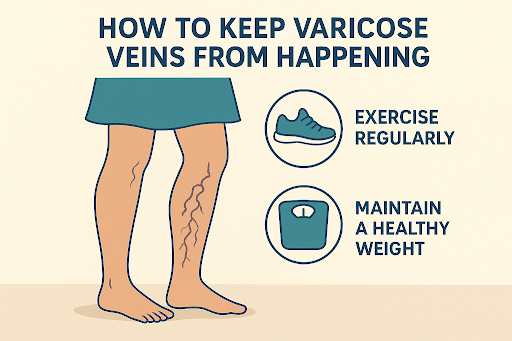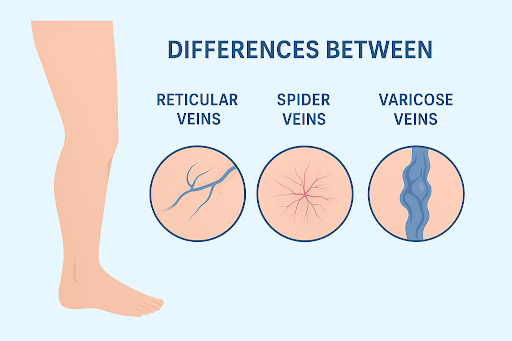Today, regenerative treatments and medicines have begun to alter the way how a physician and patients address chronic pain relief. Rather than just treating symptoms and masking them with several pain killers, or performing risk taking surgeries, doctors are choosing modern pain management services that enhance and use body’s own healing mechanisms. Secondly it uses platelet-rich plasma (PRP) treatment, stem cell infusion and other biotechnology to support and aid a human body to initiate better healing mechanisms. This initiative will lead to reducing inflammation, repair tissue and restore function.
This transformation isn’t an overnight magic, but years of hard work, results of a growing body of research and developing clinical practice. Such careful planning, strategies and adoption by pain management specialists who needed less invasive and more durable options for patients with chronic pain and no other conventional options.
What “regenerative” actually means for people in pain
When you hear “regenerative treatments,” think of therapies that aim to rebuild or nudge healing in damaged tissue rather than simply numb pain. Platelet-rich plasma (PRP) concentrates growth factors from your own blood to accelerate repair. Mesenchymal stem cells (MSCs), most often harvested from fat, bone marrow, or umbilical tissue in clinical settings, are investigated for their anti-inflammatory and tissue-supporting properties. Clinicians offering these options at pain management services typically tailor therapy to the pain source: joint degeneration, tendon injuries, discogenic low-back pain, or certain nerve conditions. Professional societies and specialty groups are actively studying and developing evidence-based approaches for integrating biologics into mainstream pain care.
What the research says; promising, but selective
Evidence is strongest and clearest for some regenerative approaches and conditions, and more limited for others. Recent systematic reviews and meta-analyses show that PRP injections can produce meaningful pain reduction and functional improvement in a range of chronic noncancer pain conditions, often outperforming corticosteroid injections and offering longer-lasting relief in studies to date. At the same time, stem cell therapies show encouraging early results in areas such as osteoarthritis and certain spinal conditions, but they still require larger, longer-term trials to confirm safety and consistent efficacy across broader patient groups. In short: PRP has amassed substantial supportive data, while stem-cell approaches remain promising but more investigational.
Why patients choose regenerative options
People seek regenerative treatments for several practical reasons. Many want chronic pain relief without the side effects of long-term opioids or repeated steroid injections. Others hope to delay or avoid joint replacement or invasive spinal surgery. For active patients, athletes, or those whose work depends on mobility, regenerative therapies can sometimes offer a quicker return to function with shorter recovery times. Importantly, reputable pain management services combine regenerative treatments with good diagnostics, physical therapy, and lifestyle strategies so outcomes aren’t dependent on a single injection or procedure.
In search of Trustworthy Care: People of Bethlehem
A trustworthy care is always considered as a blessing and now for people living in or nearby Bethlehem, there is a trusted and ideal care option. People who are considering regenerative treatments should consult qualified and well-known pain specialists in Bethlehem or a multi disciplinary pain clinic. Such clinics of specialists offer evidence based approach treatments and informed consent. There are other local specialty centres and hospital initiated pain programs, and affiliations that provide the access to consultative diagnostics imaging along with a team approach for better results. This team decides whether to choose PRP (a MSC procedure) or any other intervention, suitable for the patient’s condition.
For the people of Bethlehem, always look out for clinics that publish their approach and protocols, have physician oversight and can also explain the expected outcomes, benefits, limitations and costs. Consider an example of regional pain and spine centers that are affiliated with different healthcare systems and hospitals serving patients in Bethlehem. It can also help you weigh and choose regenerative treatment options alongside other pain management services.
Risks, regulation, and red flags
While many regenerative treatments use a patient’s own tissue and are low-risk when performed properly, not all clinics follow evidence-based standards. Federal regulators and major news investigations have warned about unproven stem-cell marketing and unsafe practices; some unscrupulous providers have made broad, unsupported claims or offered untested products that caused harm. Always check that your provider follows legal and clinical guidelines, discloses whether a therapy is FDA-approved or investigational, and can present peer-reviewed evidence relevant to your diagnosis. If a provider guarantees a cure, pressures you to pay large sums upfront, or offers home-administered injections, treat that as a serious warning sign.
A realistic view of outcomes and next steps
Regenerative treatments are not a universal fix, they work best when matched to the right problem, the right patient, and used as part of a broader plan (rehab, exercise, weight management, ergonomics, and sometimes procedural interventions). If you’re exploring regenerative care for chronic pain relief, start with a consultation at a reputable pain management services clinic or with a Pain Specialist Bethlehem who can order appropriate imaging, discuss realistic expectations, and outline alternatives. Ask about the evidence for the specific treatment for your condition, potential side effects, cost, and follow-up plan.
Conclusion
In conclusion, it is not wrong to say that regenerative medicine has transformed pain management techniques. From symptoms suppressing approach to focused tissue healing principle, the strategy has completely changed and helped many patients to get better treatment options. Patients seeking chronic pain relief can opt for options like PRP or carefully done stem cell therapy, which offer promising results rather than long term medications or immediate surgery. That promise comes with responsibility: choose providers who practice within evidence-based frameworks, prioritize safety, and collaborate with multidisciplinary pain management services. If you live in the Bethlehem area, seek out a qualified Pain Specialist Bethlehem or affiliated pain clinic to get a thoughtful, personalized assessment, because the best outcomes begin with the right diagnosis and a plan built around you.








